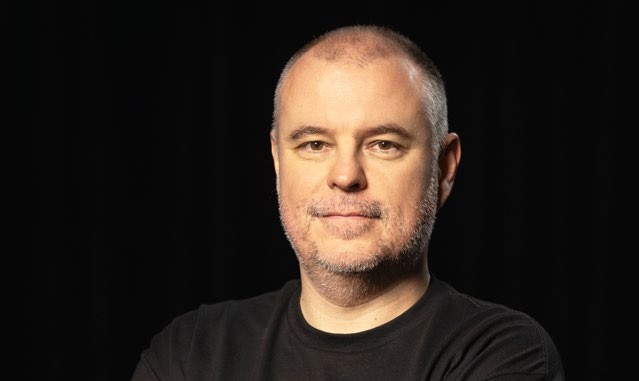THE MAKING OF . . . SPLINTER CELL: CHAOS THEORY
How missed opportunities and difficult conditions forged a stealth classic
By Paul Weedon
Format GameCube, PC, PS2, Xbox Developer/publisher Ubisoft (Ubisoft Montreal) Origin Canada Release 2005
Chaos Theory might be the third Splinter Cell game, but for Clint Hocking and the team at Ubisoft Montreal – returning to the series they’d originated after Pandora Tomorrow was handled by sister studios in Milan and Shanghai – it represented a second chance. “Development on the first game had been very difficult,”
Hocking says today. “Many of us who went on to work on Chaos Theory felt we could have done much, much better.”
As Hocking himself points out, “the core game experience did not change significantly” from 2002’s Splinter Cell. That meant the Montreal team had something to build on, with “additive improvements”, but also to push against. “It made it very clear to us what was working and what needed to be fixed,” Hocking says. “Our common goal became simply to deliver – to an exceptionally high degree of quality and polish – all the promises we felt we’d failed to deliver in the first game.”
One of those things was the game’s approach to failure. Splinter Cell features an infamous mission in which NSA agent Sam Fisher is tasked with recording a conversation in an elevator; if the conversation is missed, it’s game over, try again. “Most of these things only ended up in the original because we had failed as designers and developers to anticipate how the game would actually play,” Hocking says. “By the time we encountered the problem, we had no plan and no time to address it except by forcing a mission failure, but we knew what the answer should have been.”
It’s something that Chaos Theory’s script winks at directly. “Let me guess,” Fisher asks at the beginning of the second mission, “Three alarms and the mission is over?” Lambert, his handler, promptly counters: “Of course not – this is no videogame, Fisher.” It’s a line that pierces the fourth wall like Fisher’s newly introduced knife through bathhouse shoji – but it wouldn’t work if the game couldn’t back up that assertion. A later mission hands you an objective much like the one in the original Splinter Cell: uncover a character’s identity by recording a conversation between two guards. Miss it, though, and rather than the game being over, you will instead uncover the information you need by default in the following mission.

In returning to
Splinter Cell
, Clint Hocking and his team wanted
Chaos Theory
to push the Xbox console to its limit
This union of script and game design is, perhaps, to be expected from the man who would go on to coin the phrase ‘ludonarrative dissonance’. From the beginning of Chaos Theory’s development in 2003, Hocking took on the dual roles of lead level designer and writer.